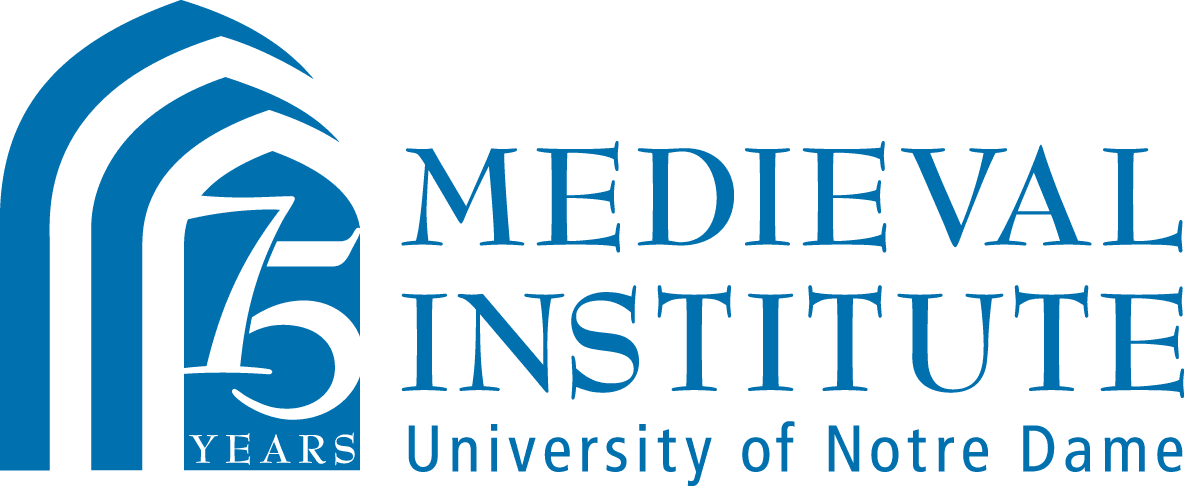East of Byzantium is pleased to announce the final lecture in its 2022–2023 lecture series.
The Öngüt Connection: Christianity among the Turks of Medieval Eurasia
Joel Walker | University of Washington, Seattle Early and influential allies of Chinggis Khan, the Öngüt Turks of Inner Mongolia played a pivotal role in the rise of the Mongol Empire (1206–1368). Their adoption of “Nestorian” Christianity represents the culmination of a broad stream of Turkic Christian tradition in medieval Eurasia. The careers of the ascetic Marqos of Koshang, who became the East-Syrian patriarch Yahballaha III (1281–1317), and the ruler Giwargis, the Mongol-appointed “Prince of Gaotang” (d. 1298 or 1299), help reveal the distinctive contours of the Öngüt Christian tradition.
Joel Walker is the Lawrence J. Roseman Associate Professor of History at the University of Washington, Seattle. Trained as a historian of Late Antiquity, his publications include: The Legend of Mar Qardagh: Narrative and Christian Heroism in Late Antique Iraq (2006); “From Nisibis to Xi’an: The Church of the East in Late Antique Eurasia” (2012); and “Luminous Markers: Pearls and Royal Authority in Late Antique Iran and Eurasia” (2018). Current projects include Witness to the Mongols: A Global History Sourcebook (co-authored with Stefan Kamola) and a history of cattle in the Ancient World.
Advance registration required. Register: https://eastofbyzantium.org/
Contact Brandie Ratliff (mjcbac@hchc.edu), Director, Mary Jaharis Center for Byzantine Art and Culture, with any questions.
An East of Byzantium lecture. EAST OF BYZANTIUM is a partnership between the Mashtots Professor of Armenian Studies at Harvard University and the Mary Jaharis Center for Byzantine Art and Culture that explores the cultures of the eastern frontier of the Byzantine empire in the late antique and medieval periods.

